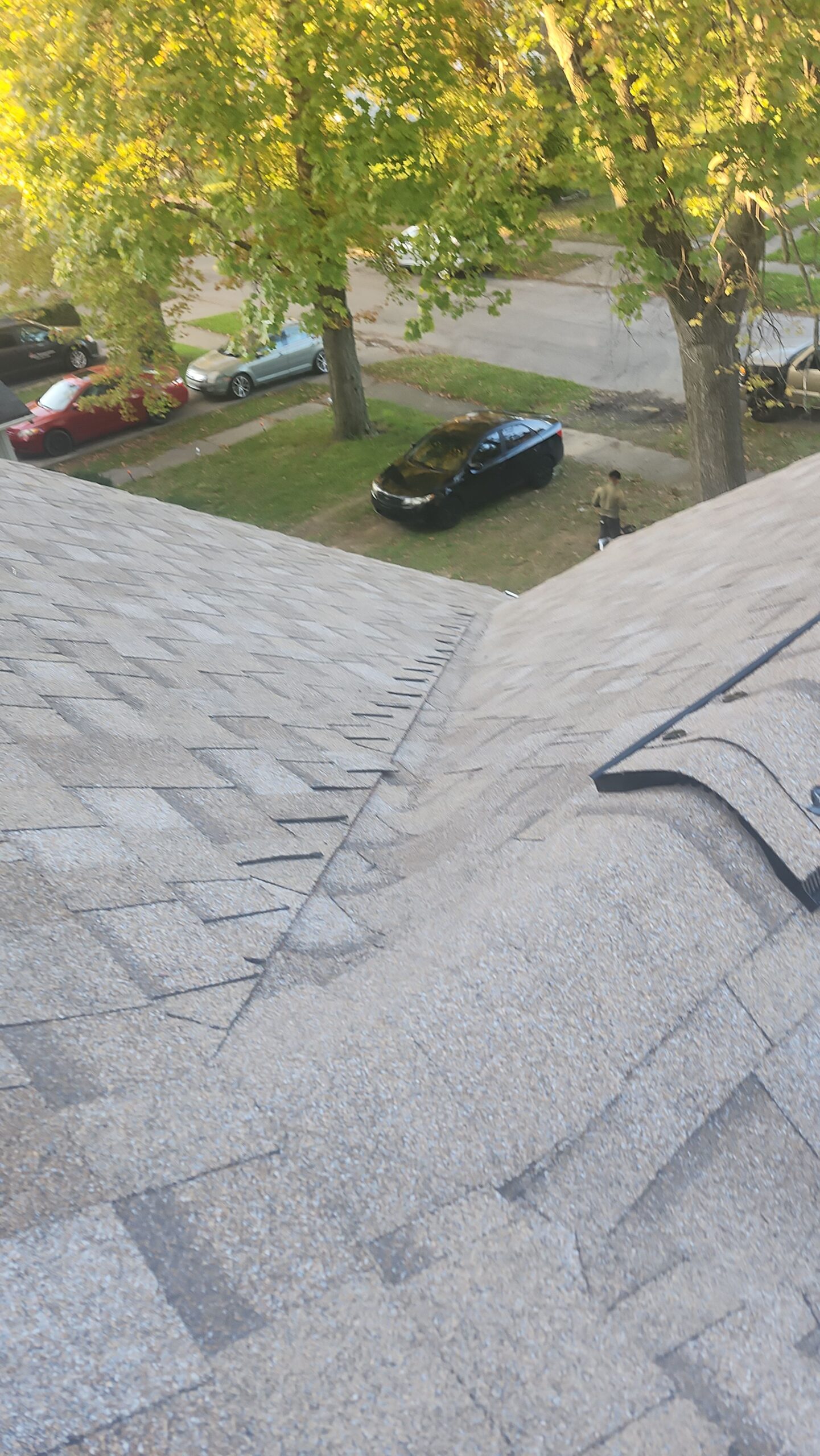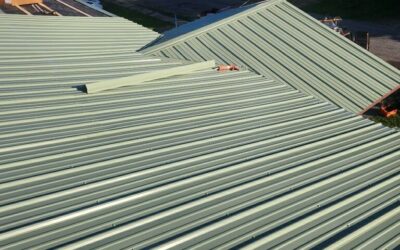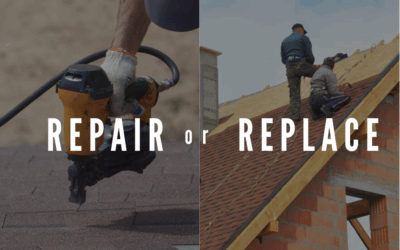Roof Drip Edge – What You Should Know: The Essential Guide for Homeowners
When it comes to roofing, many homeowners focus primarily on choosing the right type of shingles, underlayment, and insulation. While these components are vital for the protection and efficiency of your roof, there is one crucial element that often gets overlooked: the roof drip edge. This small but essential part of your roofing system plays a significant role in protecting your home and prolonging the lifespan of your roof. In this comprehensive guide, we’ll explore what a roof drip edge is, why it’s important, how it works, and everything you need to know before installing or replacing one on your home.
What Is a Roof Drip Edge?
A drip edge is a metal or plastic strip installed along the edges of a roof, designed to direct water away from the roofing system and into the gutters. Typically made of aluminum, steel, or copper, the drip edge is positioned at the eaves (the lower edges of the roof) and along the rakes (the sloped sides of the roof). It serves as a barrier that prevents water from flowing underneath the roofing material, which could lead to potential damage to your home’s structure.
Drip edges come in various shapes, sizes, and materials, but they all serve the same fundamental purpose: to ensure that water flows properly off the roof and into the gutters. The installation of a drip edge is often done during the roofing process, but it can also be replaced or upgraded when necessary.
Why Is a Roof Drip Edge Important?
A roof drip edge might seem like a small detail in the grand scheme of your roof, but its importance cannot be overstated. Below are some of the key reasons why a drip edge is essential for your home’s roofing system:
1. Prevents Water Damage
One of the primary functions of a drip edge is to prevent water from seeping under your roofing materials. Without a drip edge, water can easily flow between the shingles and the roof deck, potentially causing rot and deterioration to the structure of your roof. Over time, this can lead to expensive repairs and shorten the lifespan of your roof.
Water infiltration can also cause damage to the fascia, soffit, and underlying wooden components of the roof, which may require extensive repairs. By guiding water into the gutters, a properly installed drip edge helps prevent such issues.
2. Protects the Roof’s Structure
The roof deck, which is made of plywood or oriented strand board (OSB), is vulnerable to water damage. If water is allowed to pool or flow underneath the shingles, it can cause the decking to warp, rot, or weaken. A drip edge directs water away from the deck, helping to preserve the integrity of the entire roofing structure.
Additionally, water that collects at the eaves can freeze during the winter, leading to the formation of ice dams. These ice dams can cause even more severe damage by forcing water back under the shingles and into the home. A drip edge helps reduce the risk of ice dam formation by ensuring that water flows properly into the gutters.
3. Improves the Effectiveness of Gutters
Roofing systems are designed to direct water into gutters, which then carry the water away from the home. However, if the edge of the roof is not properly sealed, water can spill over the sides of the gutters, leading to damage to the fascia, siding, and foundation. A drip edge helps to channel the water into the gutter system more effectively, preventing overflow and reducing the risk of water damage to your home.
4. Enhances Roof Aesthetics
Although functional in nature, a roof drip edge can also add to the overall appearance of your roof. It creates a clean, finished look along the edges of your roofing system. The metal edge provides a sharp, sleek outline that enhances the visual appeal of your roof, especially when compared to the rough and unfinished appearance of a roof without a drip edge.
5. Prevents Erosion and Soil Damage
Another benefit of installing a drip edge is that it helps prevent erosion around the foundation of your home. Without a drip edge, water runoff can spill directly onto the ground, eroding the soil around your home’s foundation. Over time, this can lead to problems such as foundation shifting or settling, which may cause structural issues. A drip edge helps divert water away from the base of your home, reducing the risk of erosion and maintaining the stability of your foundation.
Different Types of Drip Edges
Drip edges come in various types, each offering distinct advantages depending on your roofing needs. Below are the most common types of drip edges:
1. L-Shaped Drip Edge (Eave Drip Edge)
The most common type of drip edge is the L-shaped drip edge, which is installed at the eaves of the roof. It features a long horizontal flange that extends under the shingles, along with a vertical portion that extends downward to direct water into the gutters. This type of drip edge is effective at preventing water from flowing underneath the roofing material and ensures proper drainage into the gutters.
2. T-Style Drip Edge
The T-style drip edge is similar to the L-shaped version but features a taller vertical section. It’s often used on roofs with more severe pitch angles or when additional water diversion is needed. The T-style drip edge is particularly effective in areas where heavy rainfall or high winds are common.
3. C-Style Drip Edge
The C-style drip edge is designed to fit more snugly around the roof’s edge, creating a tighter seal. This type of drip edge is typically used for roofs with less severe slopes or when a more compact appearance is desired. It’s less common than the L- or T-style but can still be an effective solution for certain roofing needs.
4. Fascia Drip Edge
A fascia drip edge is a metal strip that runs along the fascia board, the board that covers the ends of the rafters. This type of drip edge is often installed to prevent water from damaging the fascia itself. It also helps direct water into the gutters, particularly when the fascia board is made of wood, which is susceptible to water damage.
5. Copper Drip Edge
For homeowners looking for a more aesthetically pleasing and durable option, copper drip edges are a premium choice. Copper is highly resistant to rust and corrosion, making it an ideal material for long-lasting protection. Additionally, copper drip edges develop a distinctive green patina over time, adding a unique visual element to your roof.
Installation of a Roof Drip Edge
Installing a roof drip edge is an essential part of the roofing process. Whether you’re installing a new roof or replacing an old one, a drip edge should be incorporated into the installation to ensure proper water management and protect your home from potential damage. Here’s an overview of how the installation process typically works:
1. Preparation of the Roof Deck
Before installing a drip edge, the roof deck must be prepared. This includes ensuring that the decking is clean, dry, and free of debris. If there is any existing roofing material, such as old shingles or underlayment, it should be removed to allow for a smooth and secure installation.
2. Installation of Underlayment
Once the roof deck is prepared, the underlayment (such as felt paper or synthetic underlayment) is installed. The drip edge is then placed over the underlayment, ensuring that it extends beyond the roof’s edge by a few inches to allow for proper water flow.
3. Positioning the Drip Edge
The drip edge is positioned along the eaves and rakes of the roof. It is nailed into place along the edge of the roof, with the vertical portion of the drip edge extending downward toward the gutters. Special care is taken to ensure that the edge of the drip edge fits tightly against the roof deck to prevent any water from seeping underneath.
4. Shingle Installation
After the drip edge is securely installed, the shingles are placed over the roof, overlapping the top edge of the drip edge. This creates a watertight seal that ensures water flows into the gutters and doesn’t get trapped under the shingles.
5. Securing the Drip Edge
Once the shingles are installed, the drip edge is secured with nails along the top edge to hold it firmly in place. The edge should be checked for alignment and fit to ensure that water will flow properly.
6. Finishing Touches
Once the drip edge is fully installed and the shingles are in place, the roof installation is complete. The gutters should be inspected to ensure they are properly aligned with the drip edge and that water is flowing smoothly from the roof into the gutters.
How to Maintain a Roof Drip Edge
While a roof drip edge is designed to be durable and long-lasting, it still requires some maintenance to ensure it continues to function properly. Here are a few maintenance tips for keeping your drip edge in good condition:
- Regular Inspections: Check the drip edge periodically to ensure it is securely fastened and that there are no gaps or damage. Look for signs of rust or corrosion, especially in metal drip edges.
- Clear Gutters: Keep your gutters clean and free of debris to ensure that water can flow freely from the roof. Clogged gutters can cause water to back up and overflow, which can lead to damage to the drip edge, fascia, and foundation.
- Repair or Replace Damaged Drip Edges: If you notice any damage to the drip edge, such as rust, bending, or detachment, it’s important to repair or replace it as soon as possible. Failure to do so could result in water damage to your home’s structure.
Conclusion: Why Roof Drip Edges Matter
A roof drip edge is a small but essential component of your roofing system that offers numerous benefits. From protecting your roof’s
structure and preventing water damage to enhancing the aesthetics of your home, a drip edge plays a vital role in ensuring your roof’s longevity and functionality. If you’re building a new home or replacing your roof, don’t overlook this crucial element. Be sure to install a drip edge to safeguard your home against water damage and to enhance the performance of your roofing system.
If you’re unsure about the condition of your current drip edge or need assistance with installation or replacement, contact a roofing professional who can assess your needs and provide expert recommendations. A properly installed and maintained drip edge is an investment in the durability and safety of your home’s roof for years to come.
 (440) 307-2060
(440) 307-2060



